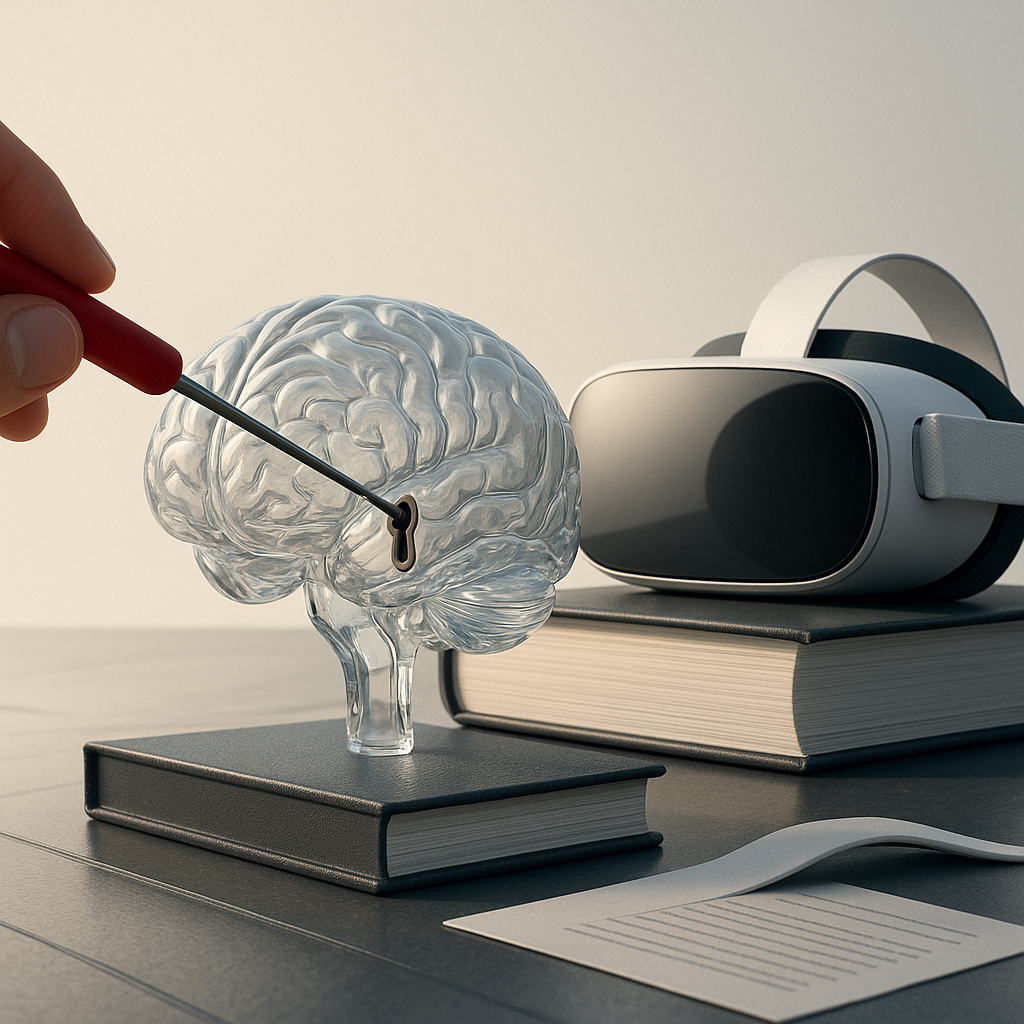UNESCO Adopts Global Neural Data Standards to Protect Mental Privacy
Published Nov 12, 2025
On 6 November 2025 (UTC), UNESCO adopted global standards for neurotechnology comprising over 100 recommendations that introduce the term “neural data” and require protections to safeguard mental privacy, freedom of thought and to prevent intrusive uses such as “dream-time marketing.” The move responds to rapid advances in AI-driven neural interfaces and consumer devices that read brain activity or track eye movements and follows legislative activity such as the U.S. MIND Act and state neural-data privacy laws. The standards aim to set international norms across medical, commercial and civil-rights domains, elevating regulatory scrutiny of devices marketed for wellness or productivity; recommendations are nonbinding, so implementation depends on national and regional regulators. Expect governments, particularly in the U.S. and Europe, to refine laws and for companies to prepare for increased regulatory risk.
